With the sun cresting over the horizon and the expanse of calm seas, the anticipation is undeniable as the clicker screams (keeping tension on the line) as we set out a deep drop rig, bumping the boat in and out of gear. This is how most swordfish ventures begin aboard Pacific Bills. Yet, when we get that strike, it hardly matches up with the burst of a bluefin swallowing a sardine on the run. Quite the opposite. The deep drop bite is a tiny tick in the rod tip, not the gnarly charge you would expect from such beast of a fish.
There were several things we have learned in the past year as the Gladiator of billfish has us around the coliseum that is the canyons off the California coast. Making certain adjustments in different parts of our tackle and our approach hasled to increased opportunities to
bring these giants boatside. read the full article
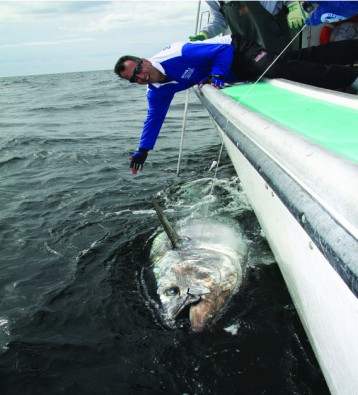 Steaming out of the North Lake Harbour on Prince Edward Island, your mind can only imagine what you may encounter. Articles you may have read, videos you may have seen and stories that sound like pure fiction fill your thoughts. Could this place be everything that you have been told it is? You’re damn right!
Steaming out of the North Lake Harbour on Prince Edward Island, your mind can only imagine what you may encounter. Articles you may have read, videos you may have seen and stories that sound like pure fiction fill your thoughts. Could this place be everything that you have been told it is? You’re damn right!
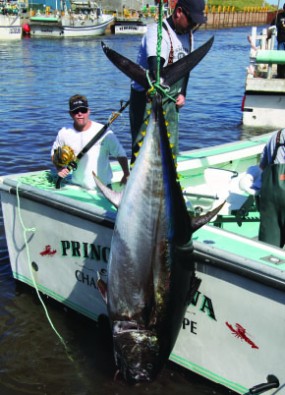
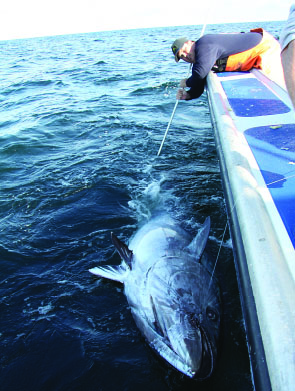
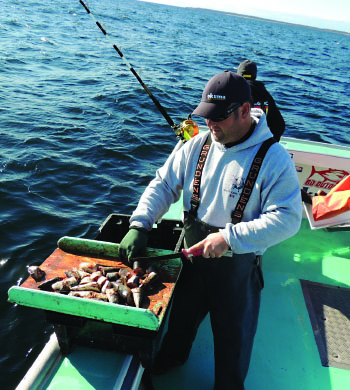
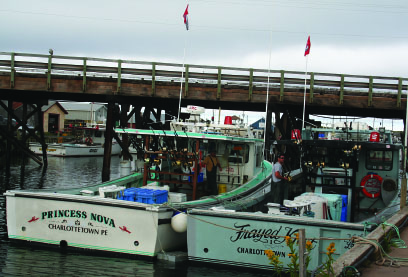 Eventually, Tony got the okay from his uncle and we dropped a bait. Our fingers were crossed as the fish would have to swim away from the nets to be landed. For our respect for the herring fleet, if the tuna went toward the nets, we would have to button the drag and break off the fish.
Eventually, Tony got the okay from his uncle and we dropped a bait. Our fingers were crossed as the fish would have to swim away from the nets to be landed. For our respect for the herring fleet, if the tuna went toward the nets, we would have to button the drag and break off the fish.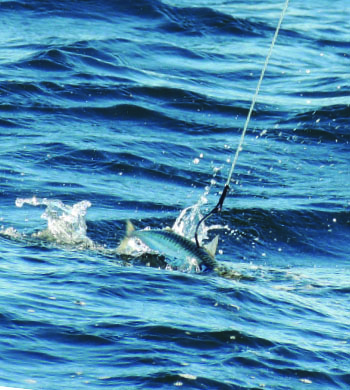
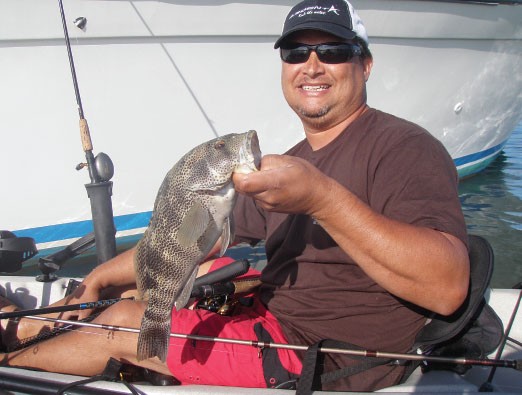 When it comes to trolling there is much confusion to the everyday angler. Trolling is something that I recommend to all anglers, even the ones who compete on a tournament level. But the technique is more than just putting a bait in the water and dragging it behind your kayak. It’s using the right gear, controlling vessel speed and assessing immediate conditions.
When it comes to trolling there is much confusion to the everyday angler. Trolling is something that I recommend to all anglers, even the ones who compete on a tournament level. But the technique is more than just putting a bait in the water and dragging it behind your kayak. It’s using the right gear, controlling vessel speed and assessing immediate conditions.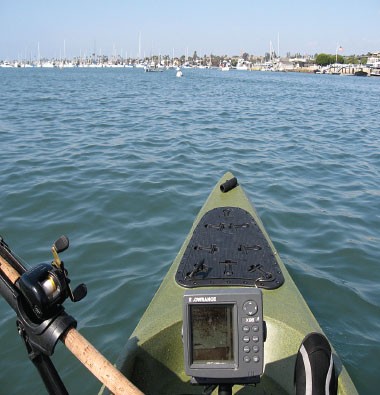 Everybody has his or her favorite lure, but sometimes that lure is not right for your conditions. When trolling in a kayak you have to use a little horse sense. For instance, in an area with grass where the depth is 10 feet, but the grass rises up four feet off the bottom, you don’t need a 10-foot diver, you need a bait that barely gets down to six feet.
Everybody has his or her favorite lure, but sometimes that lure is not right for your conditions. When trolling in a kayak you have to use a little horse sense. For instance, in an area with grass where the depth is 10 feet, but the grass rises up four feet off the bottom, you don’t need a 10-foot diver, you need a bait that barely gets down to six feet.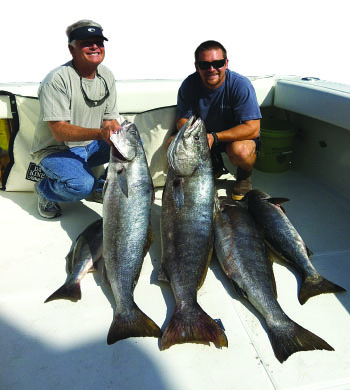 Early June 2011. About 10 miles off Newport Beach. Headed on a course to the east end of Catalina Island.
Early June 2011. About 10 miles off Newport Beach. Headed on a course to the east end of Catalina Island.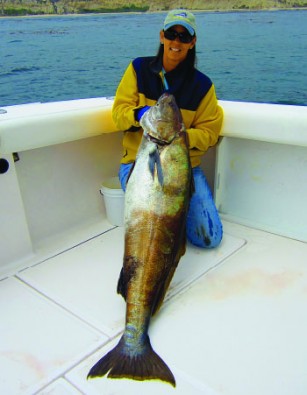
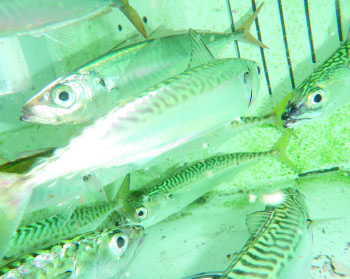 Catching mackerel is the easy part, if you time it right and bring the proper bait-making tools. The first order of business is to buy seafood flavored cat food in bulk quantities. Cat food is your chumming source and without it your mackerel catching will be limited. Next, have onboard either a bag of Gulp! or a frozen pack of squid or anchovies. I cannot stress this enough: mackerel get picky just like other gamefish and will not commit to the sabiki rigs without a little piece of bait or scent on the hook. Countless times I have watched other private boaters next to us trying to catch bait. They had plenty of cat food and mackerel around the boat but without some “flavor” or flesh on the hook they got no bites.
Catching mackerel is the easy part, if you time it right and bring the proper bait-making tools. The first order of business is to buy seafood flavored cat food in bulk quantities. Cat food is your chumming source and without it your mackerel catching will be limited. Next, have onboard either a bag of Gulp! or a frozen pack of squid or anchovies. I cannot stress this enough: mackerel get picky just like other gamefish and will not commit to the sabiki rigs without a little piece of bait or scent on the hook. Countless times I have watched other private boaters next to us trying to catch bait. They had plenty of cat food and mackerel around the boat but without some “flavor” or flesh on the hook they got no bites.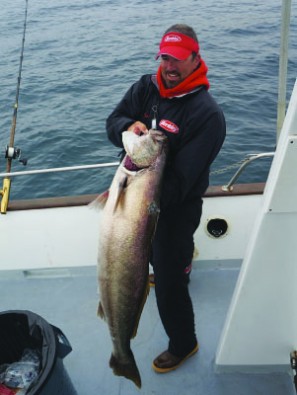
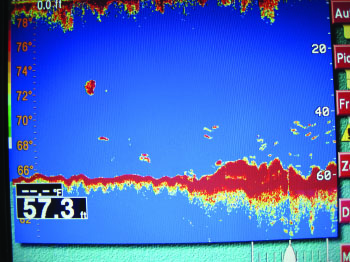 While there has been a few modifications to ham and eggs or “the cheeseburger” (another pseudonym) over the years, the technique and concept remain the same. Along with the 2 ¼-ounce Krocodile, other good ham and egg jigs are the chrome Tady 9 and Salas Christy II.
While there has been a few modifications to ham and eggs or “the cheeseburger” (another pseudonym) over the years, the technique and concept remain the same. Along with the 2 ¼-ounce Krocodile, other good ham and egg jigs are the chrome Tady 9 and Salas Christy II.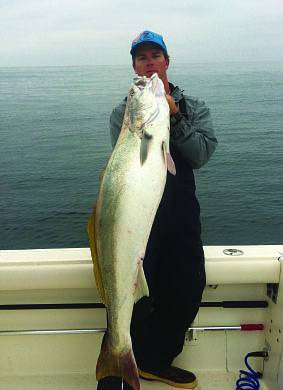
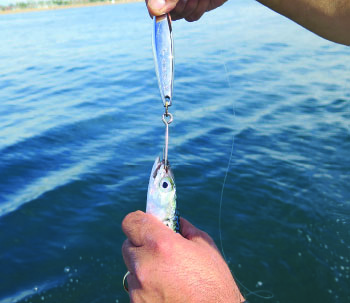
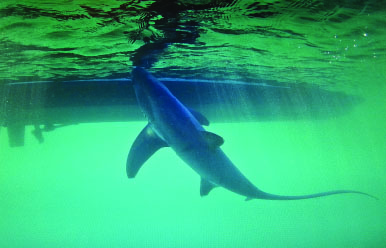
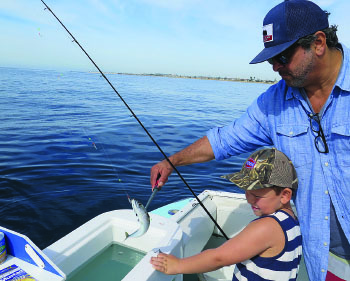 Sometimes while fishing solo, I like to fish two ham and egg rigs and will work one outfit and leave the other one in gear with clicker on and drag set at 25 percent of line strength. If the unattended rod bounces, lower the rod and drop in free spool then swing. When I am marking scattered bait but no real concentration of depth, I like to drop the ham and eggs rig down until I cannot see it or any flash and then put the reel in gear. With a couple outfits deployed off the stern and a slow drift on the fin bait, you are clearly setting yourself up for a coastal slab (Charlie Albright version for large seabass).
Sometimes while fishing solo, I like to fish two ham and egg rigs and will work one outfit and leave the other one in gear with clicker on and drag set at 25 percent of line strength. If the unattended rod bounces, lower the rod and drop in free spool then swing. When I am marking scattered bait but no real concentration of depth, I like to drop the ham and eggs rig down until I cannot see it or any flash and then put the reel in gear. With a couple outfits deployed off the stern and a slow drift on the fin bait, you are clearly setting yourself up for a coastal slab (Charlie Albright version for large seabass).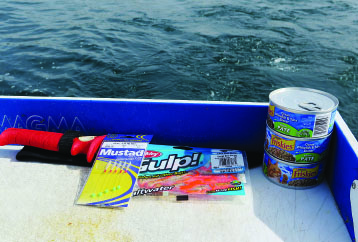
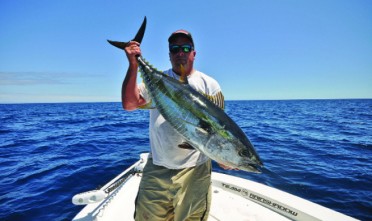
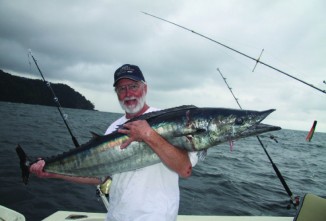
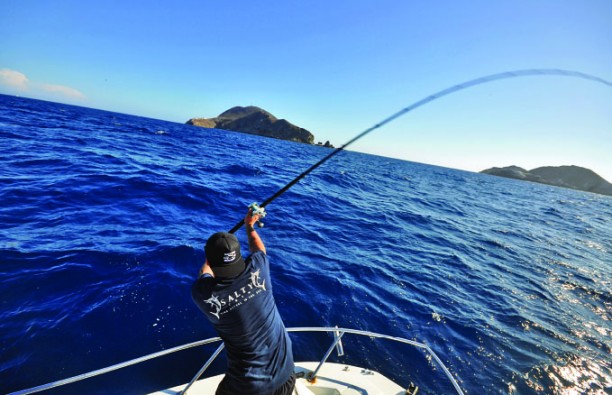 Whether you credit El Niño, blame it on Alaskan high pressure ridging, or think that it’s a byproduct of the warm water blob that’s been lurking in the northeastern Pacific the past couple years, one thing is for certain: 2015 is going to go down in history as the year of the giant coastal yellowtail. I think that a friend of mine summed it up best when he said, “It’s like someone took all the yellows from Cedros Island and delivered them to my doorstep.” In his case that doorstep is the waters off Long Beach, but the amazing part about this year is that it delivered these giant yellows to every doorstep from San Diego to Santa Barbara. During the summer months it was pretty simple to catch one of these trophy yellowtail. Just line up behind the 30 other boats at the bait receiver on Saturday morning, then follow the string of boats to the area that had been biting for weeks, find your spot in the crowd, and commence downloading of fish. Though not my cup of tea, this pattern worked extremely well for thousands of boaters every week.
Whether you credit El Niño, blame it on Alaskan high pressure ridging, or think that it’s a byproduct of the warm water blob that’s been lurking in the northeastern Pacific the past couple years, one thing is for certain: 2015 is going to go down in history as the year of the giant coastal yellowtail. I think that a friend of mine summed it up best when he said, “It’s like someone took all the yellows from Cedros Island and delivered them to my doorstep.” In his case that doorstep is the waters off Long Beach, but the amazing part about this year is that it delivered these giant yellows to every doorstep from San Diego to Santa Barbara. During the summer months it was pretty simple to catch one of these trophy yellowtail. Just line up behind the 30 other boats at the bait receiver on Saturday morning, then follow the string of boats to the area that had been biting for weeks, find your spot in the crowd, and commence downloading of fish. Though not my cup of tea, this pattern worked extremely well for thousands of boaters every week.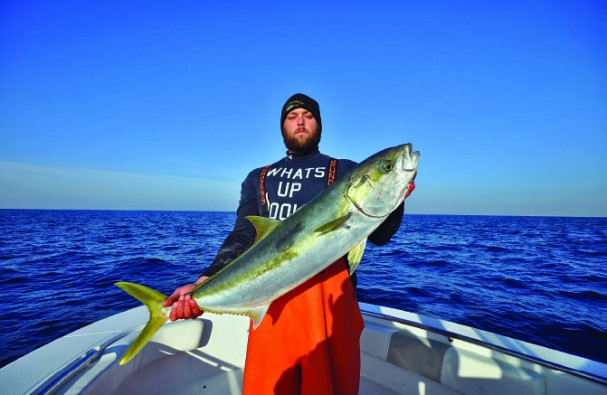
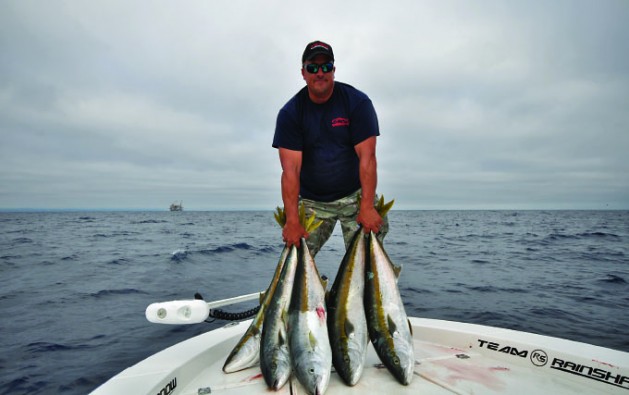
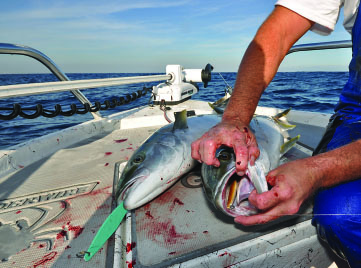
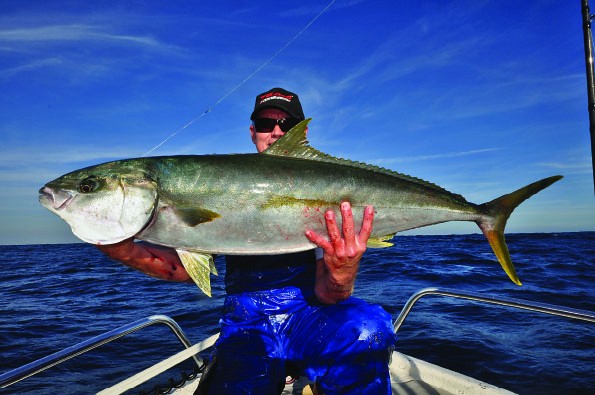 If you fished for yellowtail during the first half of this year, you know that we had a huge influx of red crabs in many areas. Well, those red crabs are carried by the same currents that carry nutrients, baitfish and yellowtail. So it’s no surprise that they first showed up in the exact same areas that have produced the most yellowtail this year. So, how is my long-winded explanation supposed to help you figure out where to catch yellowtail? It’s actually pretty simple. The first step is to get a chart and look at the bottom topography of areas where you know that yellows have been caught this year and then look for other areas that have similar features. These features include water depth, terrain, orientation to the coastline and whether or not they are adjacent to deep water. Once you’ve found a few areas like that it’s time to get out on the water and start looking.
If you fished for yellowtail during the first half of this year, you know that we had a huge influx of red crabs in many areas. Well, those red crabs are carried by the same currents that carry nutrients, baitfish and yellowtail. So it’s no surprise that they first showed up in the exact same areas that have produced the most yellowtail this year. So, how is my long-winded explanation supposed to help you figure out where to catch yellowtail? It’s actually pretty simple. The first step is to get a chart and look at the bottom topography of areas where you know that yellows have been caught this year and then look for other areas that have similar features. These features include water depth, terrain, orientation to the coastline and whether or not they are adjacent to deep water. Once you’ve found a few areas like that it’s time to get out on the water and start looking.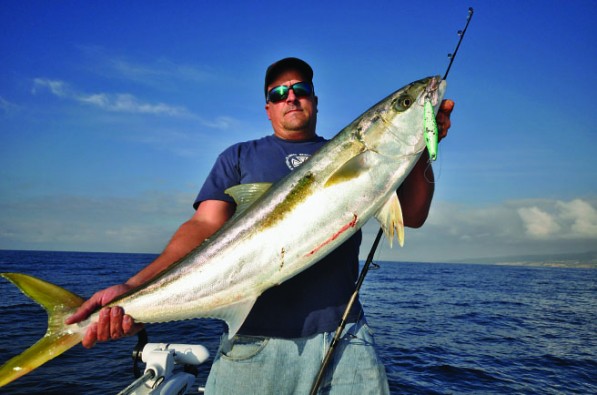
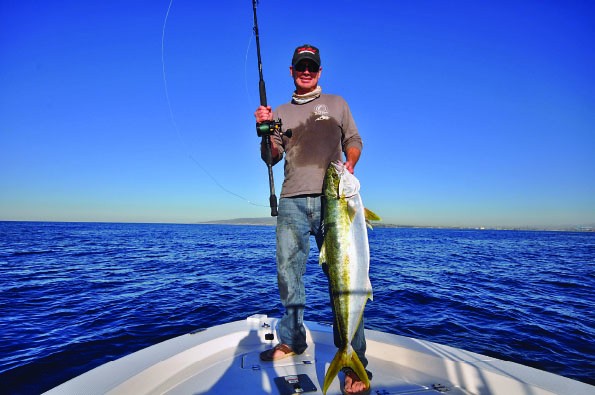
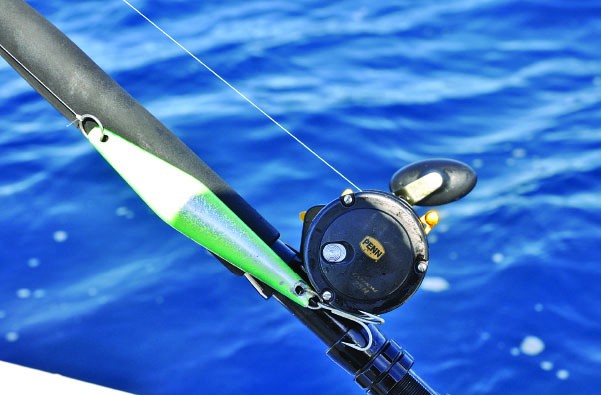
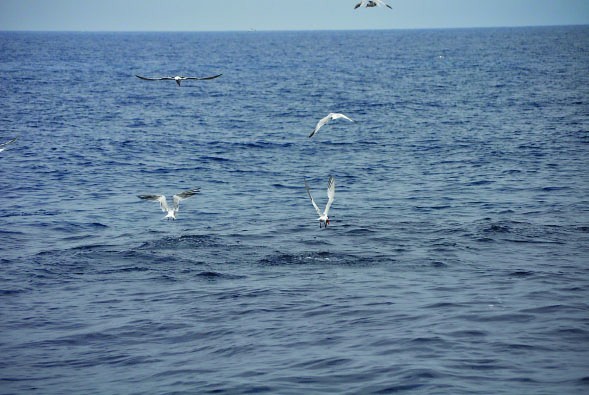 One thing I’ve noticed is the higher the tern is flying, the deeper whatever it’s tracking is in the water column. So, if those lazily high flyers suddenly get low and start flying urgently, it’s time to get that jig in the air. The yellows are about to pop.
One thing I’ve noticed is the higher the tern is flying, the deeper whatever it’s tracking is in the water column. So, if those lazily high flyers suddenly get low and start flying urgently, it’s time to get that jig in the air. The yellows are about to pop.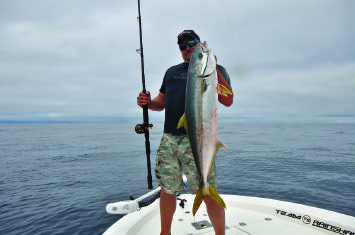
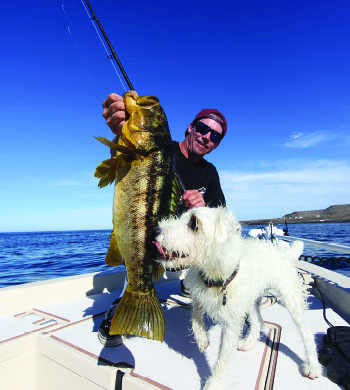 Put plainly, running to San Clemente Island is a commitment that many private boaters are reluctant to make. The main reason is that it’s a pretty damned long run from any launch ramp, the shortest being the 55-mile crossing between Newport Harbor and the west end. Factor in unpredictable naval closures and a general lack of private boater fishing intel coming from the island and you’re left with a pretty strong argument to fish closer to home.
Put plainly, running to San Clemente Island is a commitment that many private boaters are reluctant to make. The main reason is that it’s a pretty damned long run from any launch ramp, the shortest being the 55-mile crossing between Newport Harbor and the west end. Factor in unpredictable naval closures and a general lack of private boater fishing intel coming from the island and you’re left with a pretty strong argument to fish closer to home.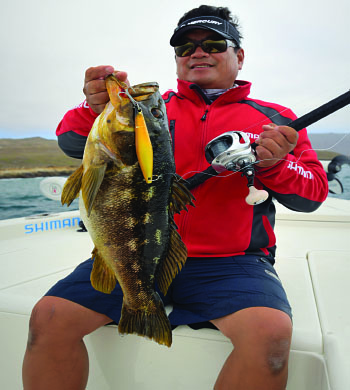 While seals are a problem at the island, Hayward suggests that by modifying your techniques you can work around them.
While seals are a problem at the island, Hayward suggests that by modifying your techniques you can work around them.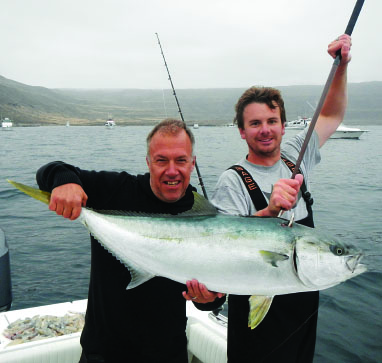
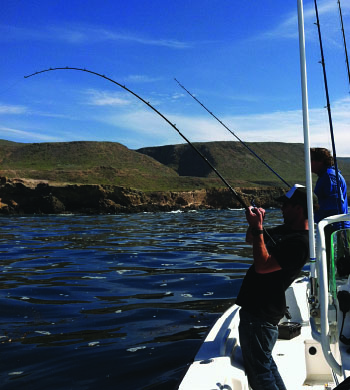 “I love fishing bass in shallow water and the backside east end of the island is one of my favorite spots to do it,” Florentino says. “There are so many good boiler zones between Pyramid and China Point that you could fish there the entire day and not cover them all.”
“I love fishing bass in shallow water and the backside east end of the island is one of my favorite spots to do it,” Florentino says. “There are so many good boiler zones between Pyramid and China Point that you could fish there the entire day and not cover them all.”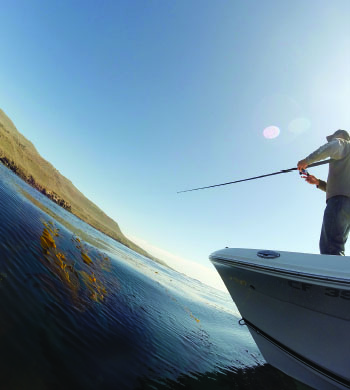
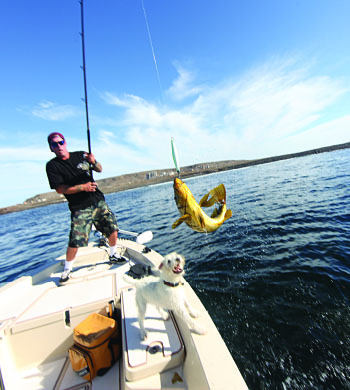
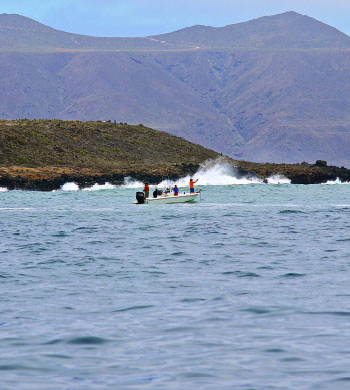 When it comes to ambush points, the kelp beds that span the backside of the island provide some of the best calico action you’ll find on the coast. Captain Jimmy Decker is no stranger to those beds and had some pointers for targeting calicos in the kelp.
When it comes to ambush points, the kelp beds that span the backside of the island provide some of the best calico action you’ll find on the coast. Captain Jimmy Decker is no stranger to those beds and had some pointers for targeting calicos in the kelp.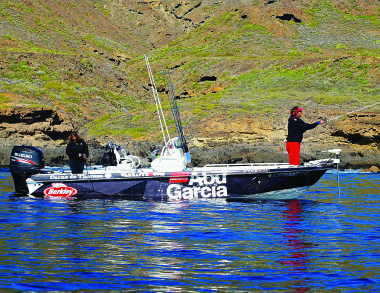
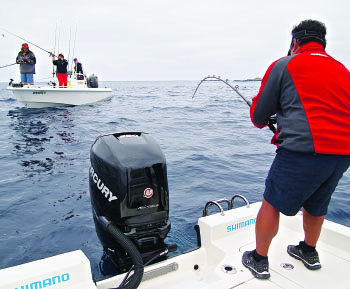
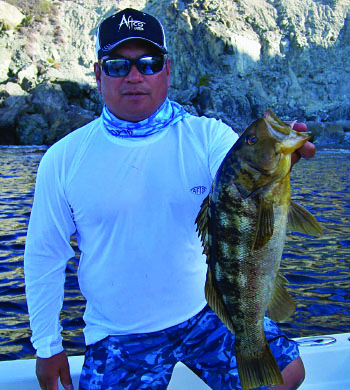 He advises looking to birds as the best indicator.
He advises looking to birds as the best indicator.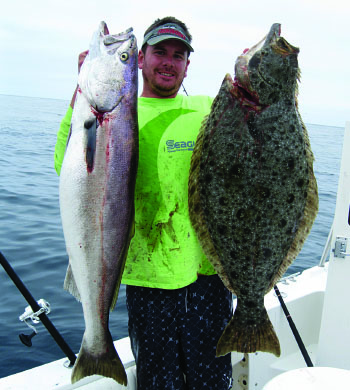 Mellor’s weapon of choice when targeting calicos at San Clemente is the surface iron.
Mellor’s weapon of choice when targeting calicos at San Clemente is the surface iron.
